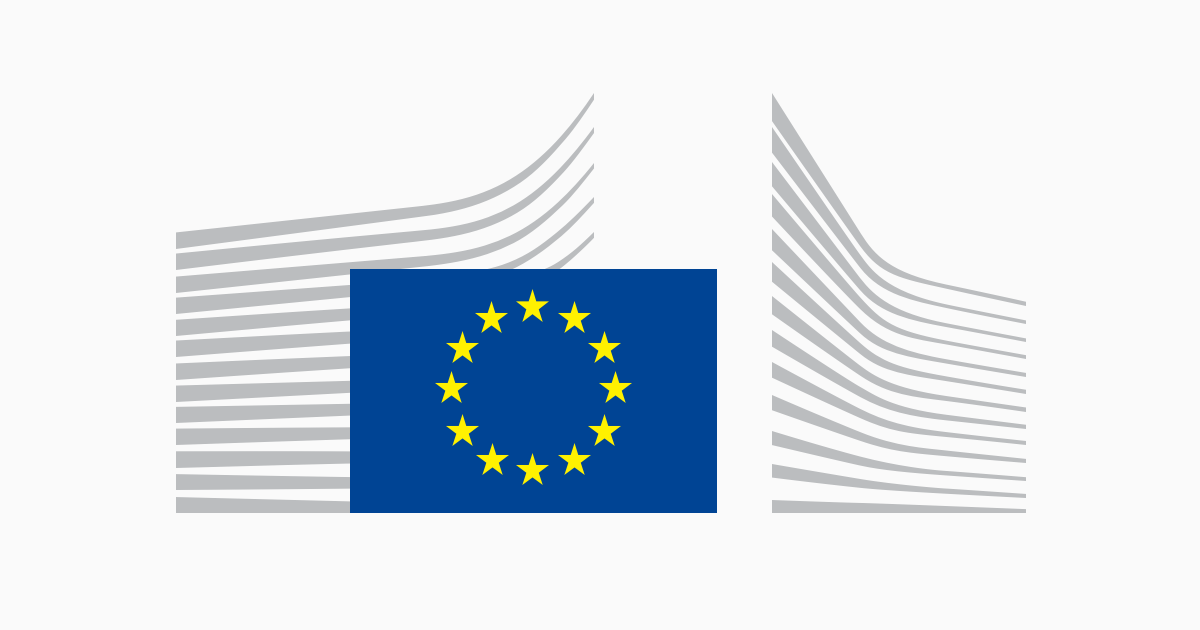Today, the European Commission has granted the legal status of European Research Infrastructure Consortium (ERIC) to the European Research Infrastructure for Heritage Science (E-RIHS).
E-RIHS is an infrastructure dedicated to advancing research and innovation in heritage science, which encompasses all forms of scientific enquiry into objects, buildings and landscape sites that have cultural and/or historical importance. It draws on diverse disciplines across the arts, humanities, sciences and engineering, and focuses on enhancing the understanding, care, and sustainable use of heritage in times of global change to enrich people’s lives today and in the future.
E-RIHS offers a unique hybrid research infrastructure that provides integrated and centrally-managed access to a variety of platforms, fulfilling the needs of many users, such as public institutions, research and project teams, individual researchers, practitioners and the private sector. The platforms provide access to a range of facilities, resources, and data:
- physical and digital collections housed in museums, galleries, conservation, and research institutions;
- large-scale facilities for in-depth studies of micro samples or movable objects;
- mobile instrumentation for non-invasive measurements;
- data and digital tools to enhance knowledge creation, while at the same time ensuring data interoperability and compliance with FAIR principles, in line with the European Open Science Cloud (EOSC).
Additionally, E-RIHS runs the HS Academy, a training initiative aimed at equipping students, researchers, and professionals with the skills needed to advance research and fully utilise E-RIHS access services. E-RIHS organises conferences and events, engages in policy advocacy, and supports institutions in developing standards and best practices.
Prestigious institutions across Europe have been working together and they have been managing EU-funded projects in heritage science since 1999. In 2016, they entered the European Strategy Forum on Research Infrastructures (ESFRI) Roadmap as E-RIHS, which now becomes an ERIC. The primary role of an ERIC is to establish and operate the research infrastructure, coordinating its strategic and financial development. The E-RIHS ERIC features a distributed structure, with its legal seat in Florence, Italy. Cyprus, France, Hungary, Italy, Malta, the Netherlands, Poland, Romania, Slovenia, Spain, and the United Kingdom are the founding members. E-RIHS ERIC will contribute to high-level research, technological development, innovation, and societal challenges, adding value to the European Research Area and beyond.
By unlocking the potential of heritage research, E-RIHS fosters a deeper comprehension of heritage origins and significance, material change and degradation mechanisms, conservation treatment effects, and the impact of environmental changes on tangible cultural heritage. It supports the development and testing of materials and tools for better conservation and interpretation, driving innovation through the application of cutting-edge technology and interdisciplinary approaches. E-RIHS also identifies challenges and gaps in knowledge and resources.
Background
The European Research Infrastructure Consortium (ERIC) is a specific legal form under EU law that facilitates the establishment and operation of research infrastructures of European interest. A Commission decision is required to establish an ERIC. Members of an ERIC include EU Member States, countries associated to Horizon Europe, and, under certain conditions, other non-EU countries and intergovernmental organisations.
More information
European Research Infrastructures
European Research Infrastructure Consortium (ERIC)
European Research Infrastructure for Heritage Science
European Strategy Forum on Research Infrastructures
Press contact:
EC Spokesperson for Research, Science and Innovation




